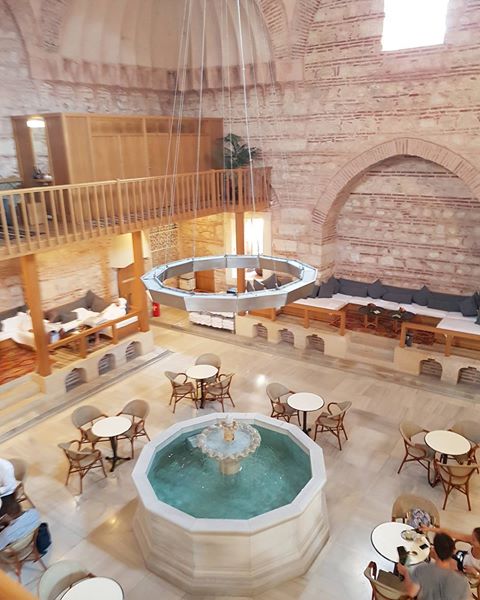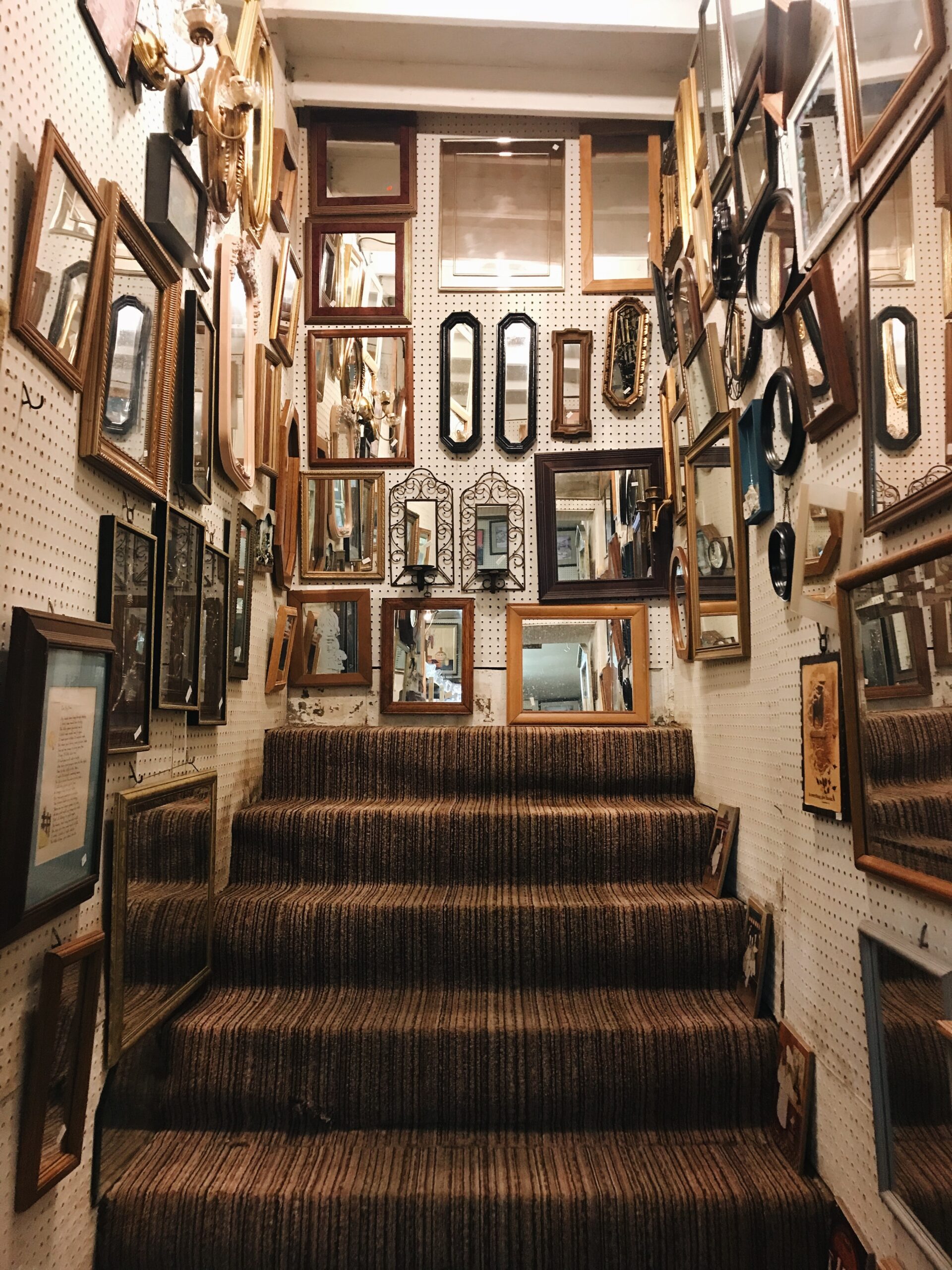History
Anatolia is steeped in history from ancient times and has hosted some of the most legendary names in human history, such as King Midas, Herodotus, Homer, and Saint Paul.
The fabled Trojan Wars of Homer’s Iliad, took place in the ancient city of Troy near Çanakkale, where you can see a replica of the wooden Trojan horse.
Witness a part of the rise of civilization at Göbekli Tepe, an arrangement of massive carved stones that predates Stonehenge by some 6,000 years, considered the world’s oldest temple.
Visit two of the most important and best preserved sites of the ancient world, Ephesus and Halicarnassus, an area of Turkey that is a fascinating open air museum of prehistoric, Greek and Roman remains.
The world’s oldest known writing was found in the ancient settlement of Göbeklitepe in southeast Anatolia, Turkey. Writing was used for the first time by the peoples living in Anatolia in the ancient period. Clay, stone, and metal tablets with inscriptions were found in Assyrian trade colonies and can be marveled at museums around Turkey.
You can see the first Neolithic drawings drawn by human in Çatalhöyük, extremely important to the beginning of art. This is an important site of the Neolithic era, as here you can witness the transition of man from hunting and gathering to increasing skill in planting and animal domestication, but also the development of art, as he transforms from nomad to settler.

Çatalhöyük first town on earth
and Religion :
The cave church of Saint Peter is regarded as the first church ever built by mankind, and is found in Antakya, the ancient Antioch.
Visit the Santa Claus Museum in Demre (Myra), a Mediterranean coastal town where Saint Nicolas, known as Father Christmas, served as a bishop, and performed his good work and charity.
The house where Virgin Mary spent her last days can be seen on the top of Bülbüldağ in Ephesus. This is a sacred place for all religions.
In 726, Emperor Leo the Isaurian banned the veneration of images, ordering his army to destroy all religious icons. Three of the ten icons that survived the Byzantine iconoclasm and considered sacred for the Eastern Orthodox faith are kept in the Hagia Sophia Museum, as well as the stunning Empress Zoe Mosaic, a must-see of the 11th century.

Saint Nicholas (Santa Claus) Church in Demre Myra
Civilizations and Empires
Turkey’s history of human habitation goes back 25.000 years. The Hittits, Hellens, Romans, Byzantines, Seljuks and the Ottomans as well as a great number of other civilizations rose and fell here, leaving behind a multitude of important historical sites.
There is so much to see and savor in Turkey, that go beyond the famous historical landmarks and architectural wonders.
Istanbul, the historic and cultural capital of Turkey, is the only city in the world that sits on two continents that you can cross by ferry, Europe and Asia.
Its powerful location is the main reason why Roman and Byzantine emperors and Ottoman sultans ruled the world for more than 1.600 years.
In Sultanahmet, the historic center of Istanbul, look for the Million pillar, used as a marker for the starting point of all roads leaving Constantinople in the Byzantine era.

Hattusha the Hittite Capital
Turkish Hospitality
Today, it marries a myriad of cultures together in a truly magical and utterly unique visitor experience. According to the Turkish traditions, the foreigner who comes to their door is considered a “guest sent by God”, and welcoming visitors is a cornerstone of Turkish hospitality, which extends to cats and dogs that are lovingly cared for by locals in the streets of Istanbul.
Turkish hospitality is a known phenomenon for centuries. Foreign tourists mostly praise the Turkish hospitality every time they visit our country and state that they are very well received.
Because the guest is an extremely important concept in our country. The guests are always hosted in the best way, whether they are hungry or not, they are necessarily packed full of food. In fact, while our mothers are snacking on sweets and pastries, they get angry and warn that “it was made for that guest”.
The concept of “guest of God” exists only in our language. We even have movies and a book called ”the guest of God”. The importance of the guest in Turkish society can be understood just by looking at them. Therefore, the concept of neighbor is also important.

You are Safe Here
Turkish Bath Culture
The history of the bath goes back to the Ancient Roman period. Therefore, baths have an important place in Turkish history. Although the bath culture in our society is not as much as before, it is still maintained. Baths had an important place in Ottoman History. Both the palace staff and the public met their cleaning needs in the baths.
Hammam is one of the most important symbols of cleaning. Even foreign diplomats who came to the Ottoman Empire from abroad were taken to baths and this culture was asked to spread. Baths are more important than you think.
He is a teller named Patrona Halil who started the “Patrona Halil Rebellion” that would cause the Tulip Age to close. This tellak is popular among the people. This can easily show the importance of the bath among the public.

Tradinational Turkish Bath Hamam
Real Turkish Breakfast
The world breakfast culture emerged at the beginning of the 20th century. Each country has a variety of breakfast types according to its own customs and traditions. Geography of Turkey, where there is a lot of interaction with coğrfayl, Turkish breakfast with a rich structure.
Turkish cuisine includes many different types such as breakfast, cheese varieties, olive varieties, different egg cooking options, pastry foods, etc. One of the important features of Turkish breakfast culture is that it is very healthy.
One of the indispensable elements of Turkish breakfast culture is undoubtedly tea. Tea was no longer a symbol of Turkey. It is also among the indispensables of breakfast. One of the most important features that distinguishes Turkish breakfast from other breakfasts is the consumption of vegetables and fruits. Foods such as tomatoes, cucumbers etc. are consumed in fresh form. Apart from this, flavors such as menemen are among the features that distinguish Turkish breakfast.

Tradinational Turkish Breakfast
Meyhane Culture
Meyhane culture has an important place in the society and this culture dates back to old times. The word Mey-hane is a word that comes from Persian. Mey means wine, household means house. So the word tavern means wine-house.
Although taverns were an important source of income in the Ottoman Empire, they were closed from time to time for various reasons.
In the post-Tanzimat period, innovations started in the taverns. From this date, we see that rakı is also extremely popular. Besides the raki, the meze culture also started in this period.
After the proclamation of the Republic, women also started to go to pubs. During this period, the taverns in Galata were closed, and taverns were opened in Beyoğlu.
Meyhane culture has an important place in our history. For centuries, tavern culture has been of great importance for both the public and the court officials.

Turkish Raki and some mezes
Turkish and Ottoman Desserts
Turkish cuisine is rich in desserts. There are dozens of different types of desserts that have been around for centuries. Almost all of these delicacies continue to decorate our tables.
Ottoman desserts are unique in the world. These desserts could also be made for special government ceremonies, as well as for healing diseases.
Desserts were extremely important both for the palace cuisine and for the folk cuisine. In the Ottoman cuisine, where milk and sherbet desserts were highly preferred, sherbet had an important place as a beverage. Chocolate was also served as a beverage in the last period of the Ottoman Empire.
Desserts such as rose pudding with walnut, ashura, harnub sherbet, rice pudding, baklava with walnuts, künefe etc. were among the indispensables of Ottoman cuisine.

Kadayıf with pistachio
Hand Made Turkish Carpets and Antique Shops
Carpets have an important place in Turkish history. It has a history of about 2 thousand years. Central Asian Turks have produced very beautiful carpets.
Carpet has an important place in Anatolia. During the Anatolian Seljuk period, cities such as Konya, Kayseri and Sivas became important carpet centers. Since then, 28 carpets have remained and are still on display.
Carpets have an important place in the Ottoman Empire. Seljuk tradition is followed in terms of motifs. Examples of Ottoman rugs are often depicted in the paintings of European painters.
Rugs produced in the 15th century are referred to in the literature as Holbein carpets. Holbein is actually a German painter. In the 16th century, Turkish carpets lived their golden age. Ornaments of Ottoman architecture have also been seen on carpets. All of these rugs are woven with Persian knots.

Antique Stuff and Store in Turkey
Activities
Inland Turkey, the rich architectural history and the genuine warmth and generosity of its people, will keep you occupied for days. Horse riding and hot-air ballooning over the fairytale landscapes of Cappadocia is a must in this area, as well as exploring the unique historical and cultural heritage of underground cities and rock-cut churches.
Did you know Turkey is also a great place for skiing and winter sports, as it is covered by high terrain with forested peaks and mountain ranges. Visit the popular ski resorts that spread from the Black Sea through Cappadocia to Southeast Anatolia, to combine culture and sports in Uludağ, Erciyes, Kartalkaya, Kartepe, Palandöken and Sarıkamış.
If golf is your passion, Tukey is increasingly becoming a top golf destination that combines luxury accommodation with some of the most interesting and varied, most state-of-the-art courses, and the stunning seascape as a backdrop.
But apart from the epic history and art that unravels before your eyes on every corner, the stunning nature of the beach and the mountains, the unparalleled architecture, the rich and varied gastronomy, the mystical atmosphere, come to Turkey for the true hospitality.
You are God’s guest !

Skiing on Uludağ Mountain
Destinations
You need to spend at least 5 days to fully appreciate what Istanbul has to offer, but the rest of Turkey is full of surprises too.
The well-known and established areas of the Aegean coast, Kuşadasi, Bodrum, Antalya, and Marmaris will welcome you all year round with sunshine and crystal-clear waters, vast and pristine beaches, idyllic harbors, and a base for exploring the lesser known, but equally appealing Şirince, Bademli, the unspoilt nature of Datça, and the fascinating ancient cities of Pergamon, the ancient Phocaea, Foça, Ayvalik, ancient Anatolia Assos, Ephesus –once the commercial center of the ancient world, Aydin, where the archaeological site of Aphrodisias and the ancient city of Magnesia can be visited, down to Bodrum antique theatre, the Mausoleum of Halicarnassus, and the Museum of Underwater Archaeology. Further South you will reach the province of Denizli Pamukkale, to visit the old historical artifacts and ruins of Hierapolis, but also the healing springs and the iconic thermal pools.

History, Culture, Taste and more ... Discover Turkey with Us
